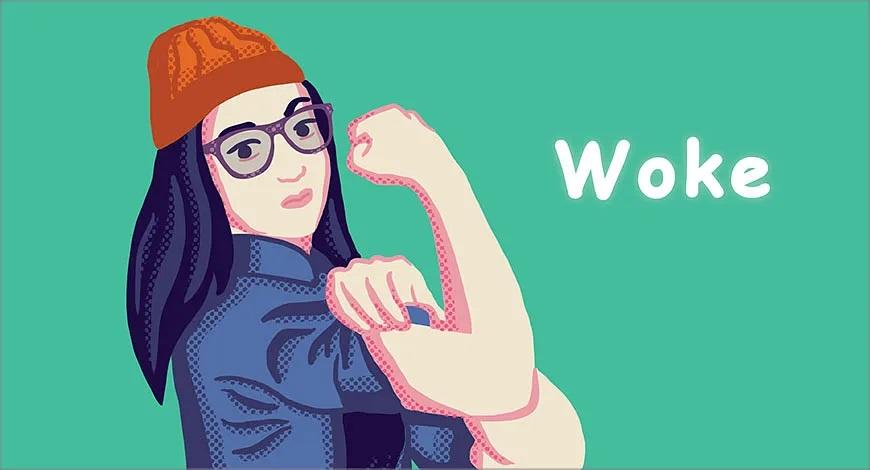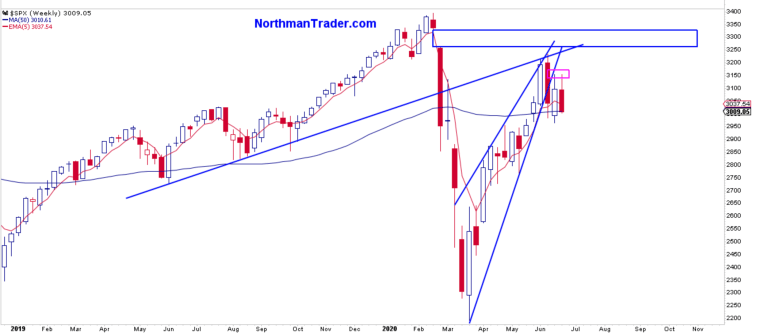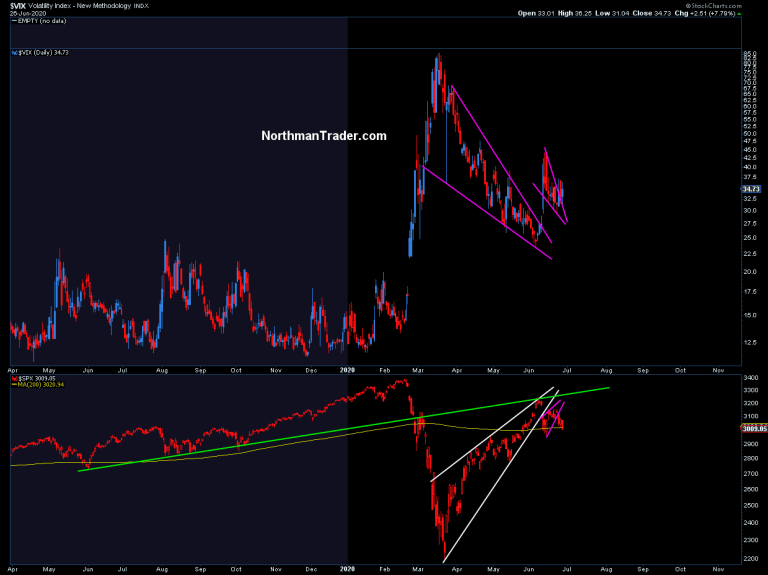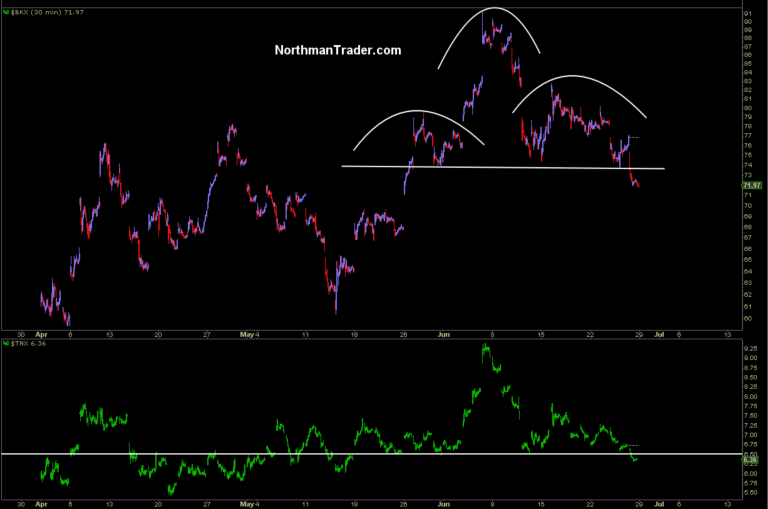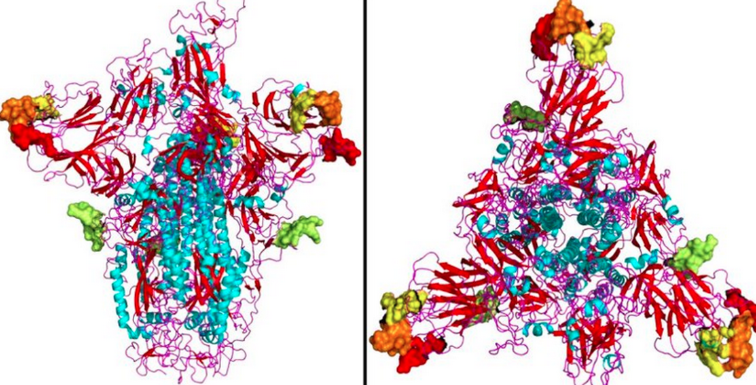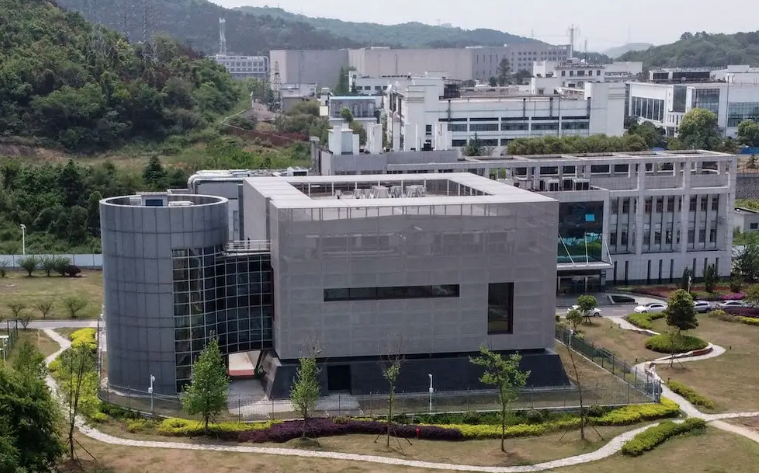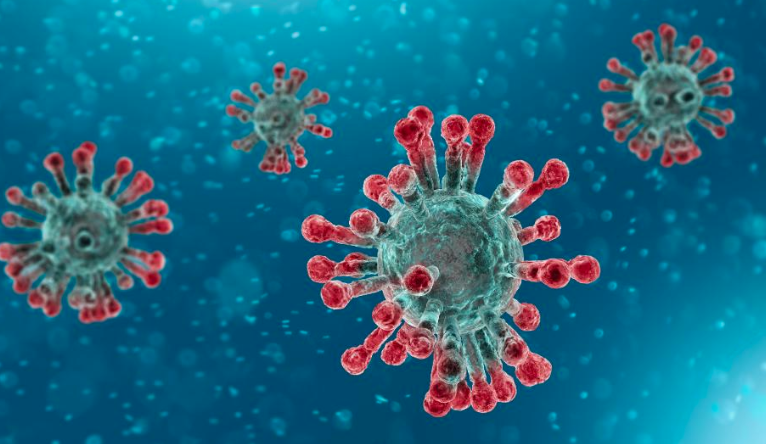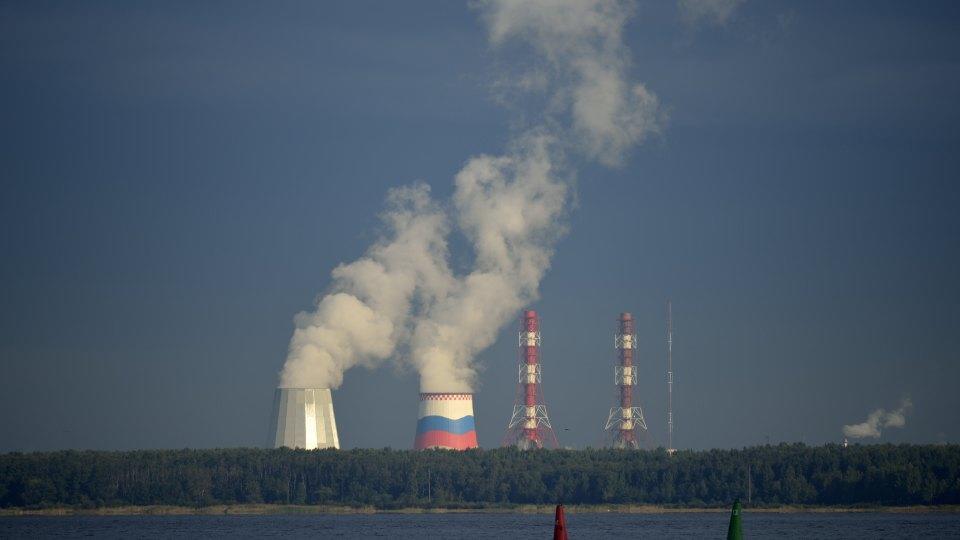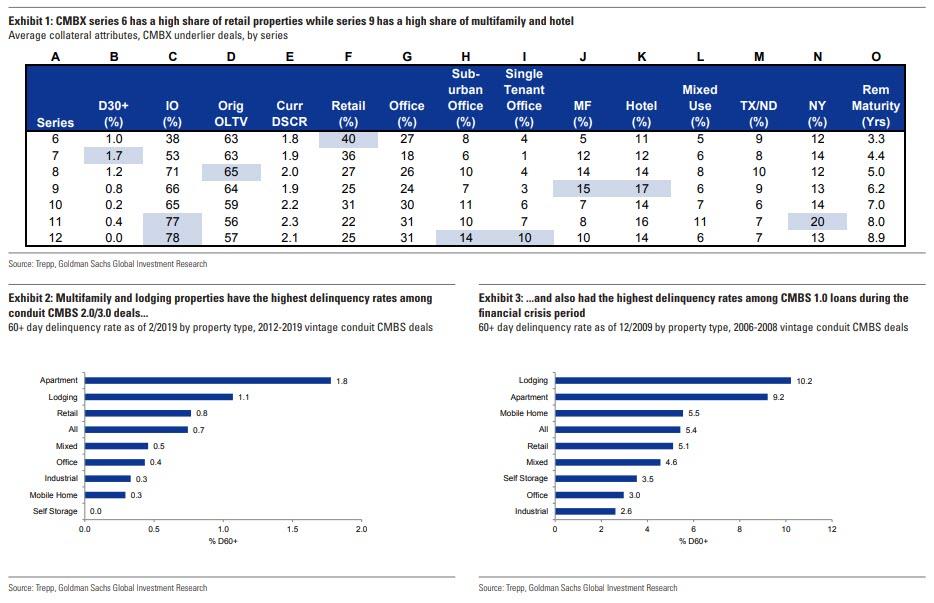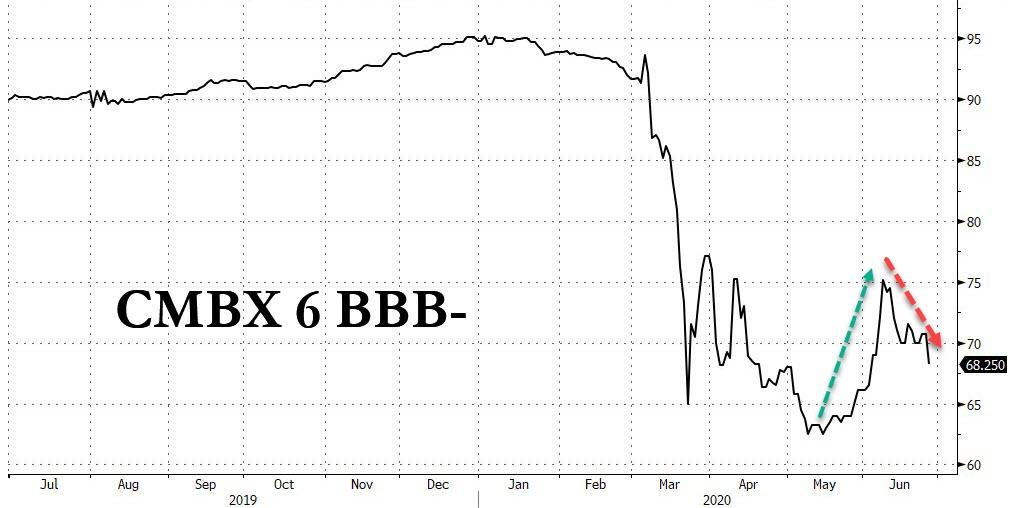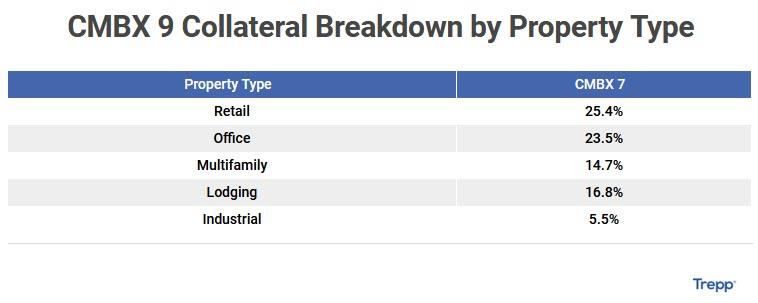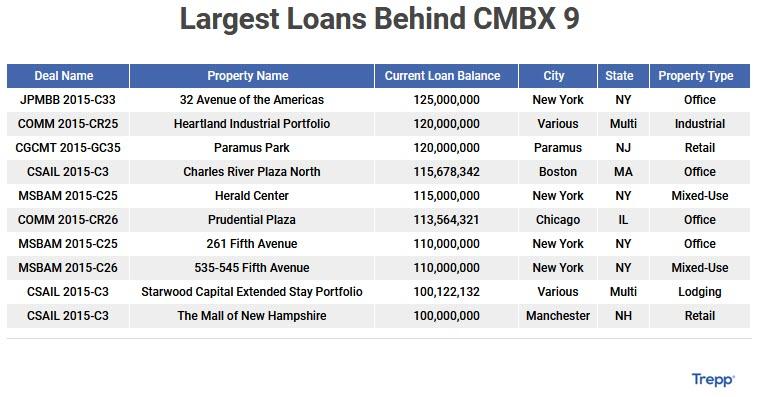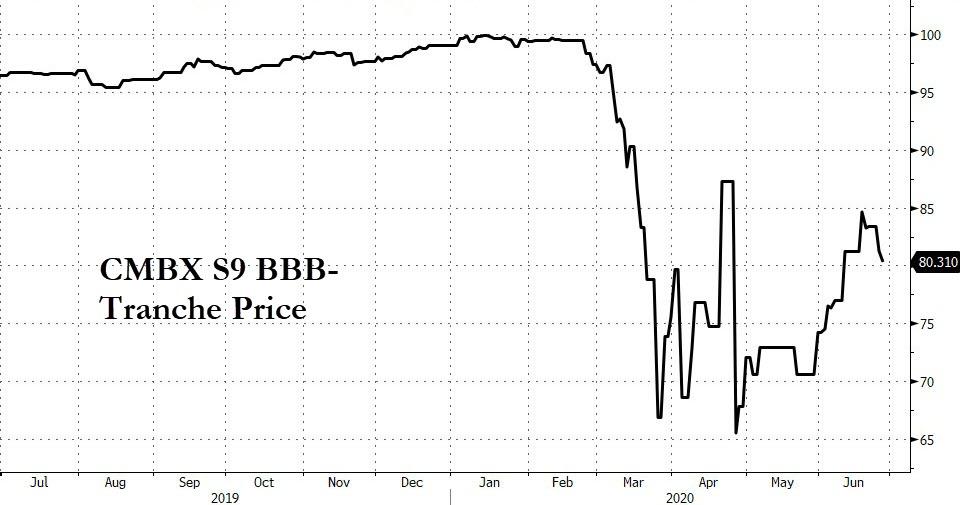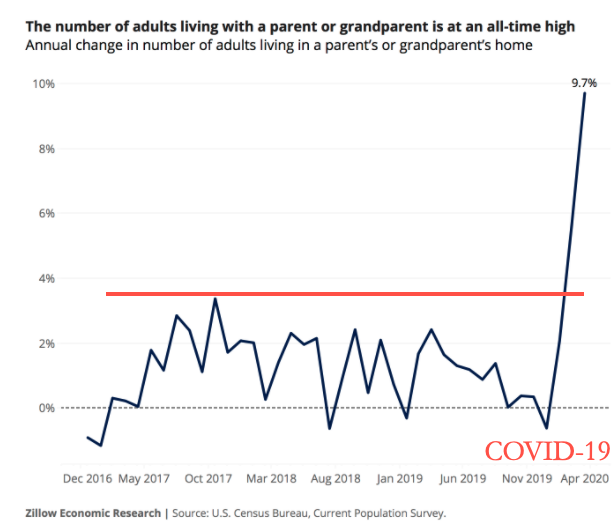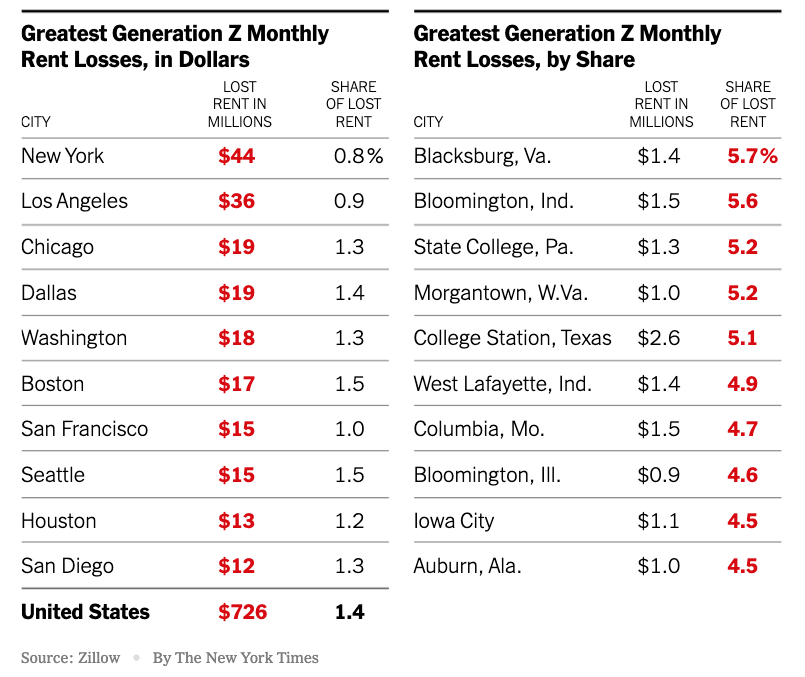Princeton Dumps Woodrow Wilson’s Name Due To “Racist Thinking”
Tyler Durden
Sat, 06/27/2020 – 19:00
By Daniel Payne of Just The News
Princeton University’s Board of Trustees announced Saturday that it has voted to strip the Ivy League university’s public policy school of its moniker honoring Woodrow Wilson, claiming the former Democratic president’s racist ideology made him ill-suited as a namesake for the institution. Wilson’s “racist thinking and policies make him an inappropriate namesake for a school whose scholars, students, and alumni must be firmly committed to combating the scourge of racism in all its forms,” the trustees said in a statement on Friday.
Student protests at Princeton in November 2015 called attention to Wilson’s racism, and we responded by forming an ad hoc committee, chaired by Brent Henry ’69, to study Wilson’s legacy at Princeton. The committee recommended valuable reforms to increase Princeton’s inclusivity and recount the University’s history more completely, but it left the names of the School and College intact. Student and alumni interest in those names has persisted, and we revisited them this month as the American nation struggled profoundly with the terrible injustice of racism.
– Excerpted from a statement by the Princeton Board of Trustees
Deleting Wilson’s name at Princeton may be the most high-profile “cancel culture” act to date. The policy school will now be known as “The Princeton School of Public and International Affairs.”
Wilson, a progressive Democrat known for his contempt of the U.S. Constitution due to the limits it imposed on the federal government, was a proponent of segregation and allowed much of the federal government’s workings to become racially segregated during his two terms between 1913-1921. Under his executive tenure, the first movie ever screened at the White House was the pro-Ku Klux Klan film “The Birth of a Nation.”
Wilson was president of Princeton from 1902 to 1910 and, as a Democrat, served as governor of New Jersey before winning the 1912 presidential election. Wilson, born in Virginia in 1856, spent his early years in the South, including in Georgia and South Carolina.
Though the board stripped Wilson’s name from the highly regarded policy school, the trustees nevertheless argued that “Princeton has a continuing responsibility to remember [Wilson’s] achievements even as we honestly and publicly contend with his failures.”
The trustees also said they would rename the school’s residential Wilson College to “First College” ahead of that residence’s already-scheduled closure in two years.
A university honor bearing the president’s name – the Woodrow Wilson Award – will remain unchanged, the trustees added, due to that award’s being associated with a gift to the university.
“The award explicitly honors specific and positive aspects of Wilson’s career,” the trustees wrote, “and it, unlike the School or the College, does not require students to identify with the Wilson name in connection with their academic or residential programs.”
* * *
And now that cancel culture has finally sprung within the hallowed halls of America’s top liberal universities, one can argue – if one wasn’t a hypocrite of course – that the time has come to tear down Harvard, Columbia, Princeton, Yale, Georgetown and pretty much most legacy institutions. The reason: as the following link details, history shows that slavery has helped build most US colleges and universities…
Time to tear down Harvard, Columbia, Princeton and Yale.
History shows slavery helped build many U.S. colleges and universitieshttps://t.co/TwCjS2u7p2
— zerohedge (@zerohedge) June 21, 2020
… and none more so than that Ivy Leage pinnacle, Harvard – the first institution of higher learning in America, founded in 1636 – and whose first 150 years of history are defined by slavery and the slave economy, or as APM Reports writes, “Slaves made beds and meals for Harvard presidents.”
“Harvard was the first institution of higher learning in America, founded in 1636. Slavery and the slave economy thread through the first 150 years of its history. Slaves made beds and meals for Harvard presidents”https://t.co/TwCjS2u7p2
— zerohedge (@zerohedge) June 21, 2020
via ZeroHedge News https://ift.tt/2BeMsgE Tyler Durden

